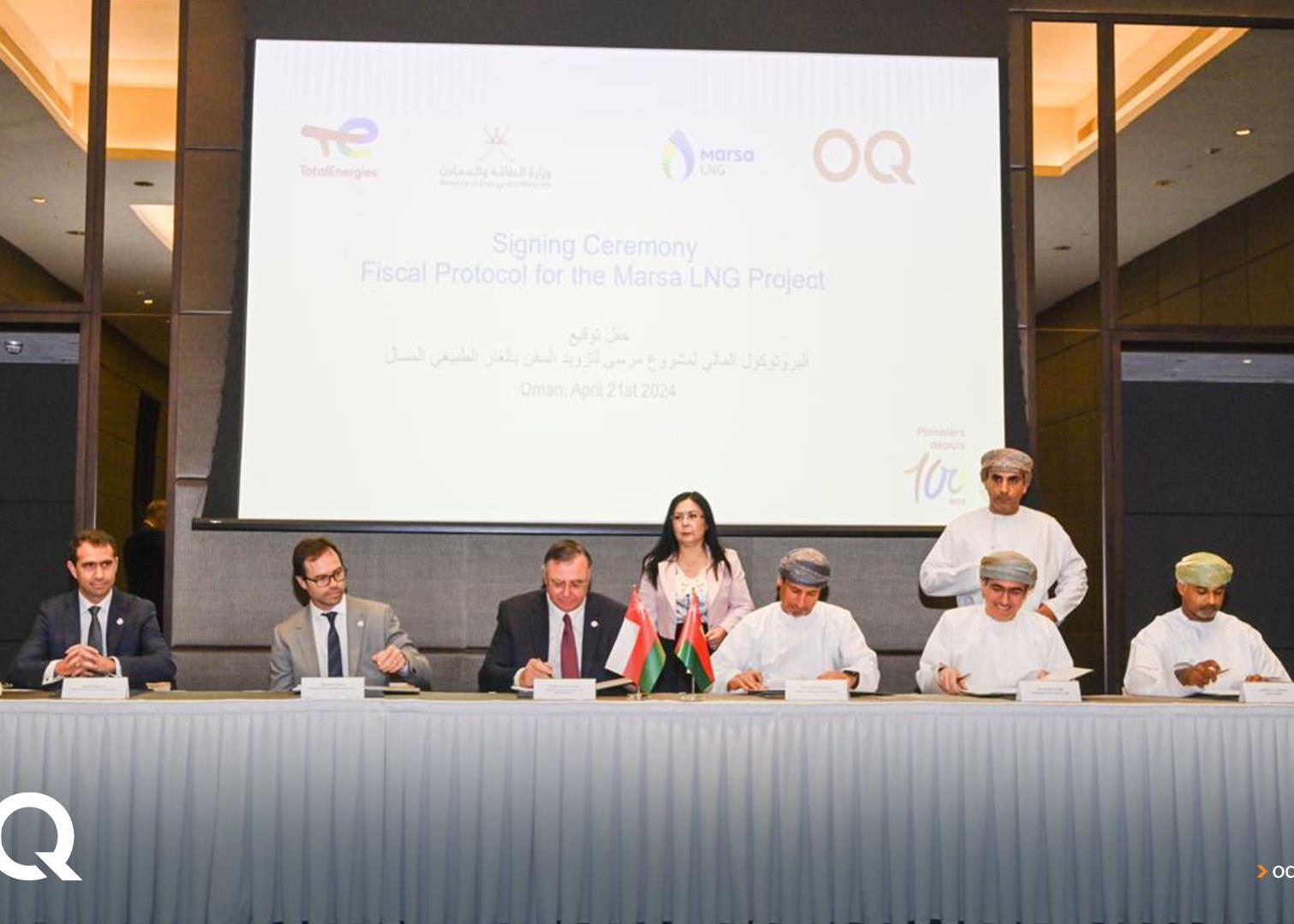
Gulf banks are expected to significantly increase the provisions made for sub-prime assets in the coming months, with Kuwaiti and Saudi institutions likely to be most affected.
Gulf Investment Corporation (GIC), the Kuwait-based investment bank that is owned by the six GCC governments, is expected to make further provisions for losses associated with its sub-prime investments when it reports its financial results for the first half of the year.
Bankers in the region say the bank may have to make further provisions of up to $200m, adding to the $246m in provisions made at the end of 2007.
Around the world, most sub-prime investments were made in complex financial products such as structured investment vehicles (SIVs).
“We are expecting to see more provisions being made [by GIC] for exposure to SIVs in the first half of 2008,” says Robert Thursfield, financial institutions analyst at rating agency Fitch Ratings.
“The continued deterioration in the value of these structured investments means further losses are likely and GIC could have to write down a further $200m,” says one Bahrain-based banker.
GIC is not listed on a stock market and therefore does not have to report quarterly performance figures, but it does release half-yearly reports. The next of these is expected in mid-July.
In February, GIC confirmed that a $246m write-down had resulted in the bank recording a profit of $253m for 2007, down from $600m in 2006. GIC did not respond when contacted by MEED about any further provisions.
However, it is not expected to be the only bank making further write-downs. To date, only a few banks have reported exposure to sub-prime assets.
Abu Dhabi Commercial Bank (ADCB) was the first to do so when it wrote down $19m in the third quarter of 2007. This figure had grown to $152m by the end of 2007.
Gulf International Bank, which reported nearly $1bn in provisions for 2007, has been among the worst affected to date.
Thursfield says some banks in Saudi Arabia still have sub-prime exposure on their books, which they have not yet officially accounted for.
“There are a few banks in Saudi Arabia that have some exposure to structured products,” he says. “But they are not on the same scale as Gulf International Bank.”
Eirvin Knox, chief executive officer of ADCB, says the limited amount of reported exposure to sub-prime assets is a reflection of the lack of transparency in the sector. “I’m not sure if the assumption that only a limited number of banks have exposure to these assets is correct,” he says. “ADCB is just more transparent in its reporting.
“If you analyse the financial results of all the banks in 2007 and look at total provisions, the figure has jumped recently.
“Most banks have not broken that down to explain the cause of those provisions.”
You might also like...

Ajban financial close expected by third quarter
23 April 2024

TotalEnergies awards Marsa LNG contracts
23 April 2024

Neom tenders Oxagon health centre contract
23 April 2024

Neom hydro project moves to prequalification
23 April 2024
A MEED Subscription...
Subscribe or upgrade your current MEED.com package to support your strategic planning with the MENA region’s best source of business information. Proceed to our online shop below to find out more about the features in each package.




